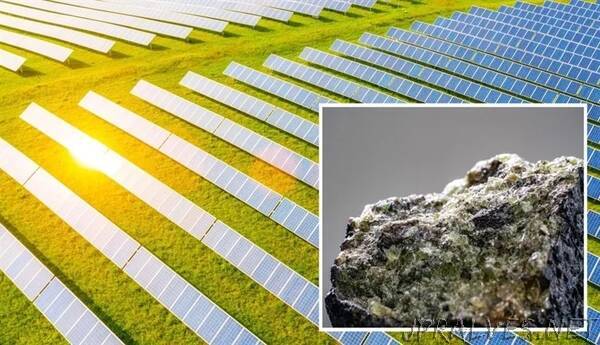
“By making use of the Dzyaloshinskii–Moriya-Interaction (DMI), an international research group has made a mixed magnon state in an organic hybrid perovskite material.
The consequent material exhibits the potential for processing and storing quantum computing information. Also, the work expands various potential materials that could be utilized to make hybrid magnonic systems.
As far as magnetic materials are concerned, quasi-particles known as magnons direct the electron spin present inside the material. There are two kinds of magnons—optical and acoustic—that pertain to the direction of their spin.
Dali Sun is also a member of the Organic and Carbon Electronics Lab.
The scientists were able to accomplish this by the addition of an organic cation to the material, which made a specific interaction known as the DMI. Briefly, the DMI breaks the material’s symmetry, thereby enabling the spins to mix.
The researchers made use of a copper-based magnetic hybrid organic-inorganic perovskite, which comes with a special octahedral structure. Such octahedrons have the potential to tilt and deform in various ways.
The addition of an organic cation to the material results in the breaking of the symmetry, thereby making angles inside the material, enabling the various magnon modes to couple and then the spins to mix.
Comstock added, “Adding different cations creates different effects. This work really opens up ways to create magnon coupling from a lot of different materials – and studying the dynamic effects of this material can teach us new physics as well.”
The first co-author of the study is Chung-Tao Chou of the Massachusetts Institute of Technology. The co-corresponding authors of the study are Luqiao Liu of MIT and Matthew Beard and Haipeng Lu of the National Renewable Energy Laboratory.
Journal Reference
Comstock, A. H., et al. (2023) Hybrid magnonics in hybrid perovskite antiferromagnets. Nature Communications. doi.org/10.1038/s41467-023-37505-w.”
